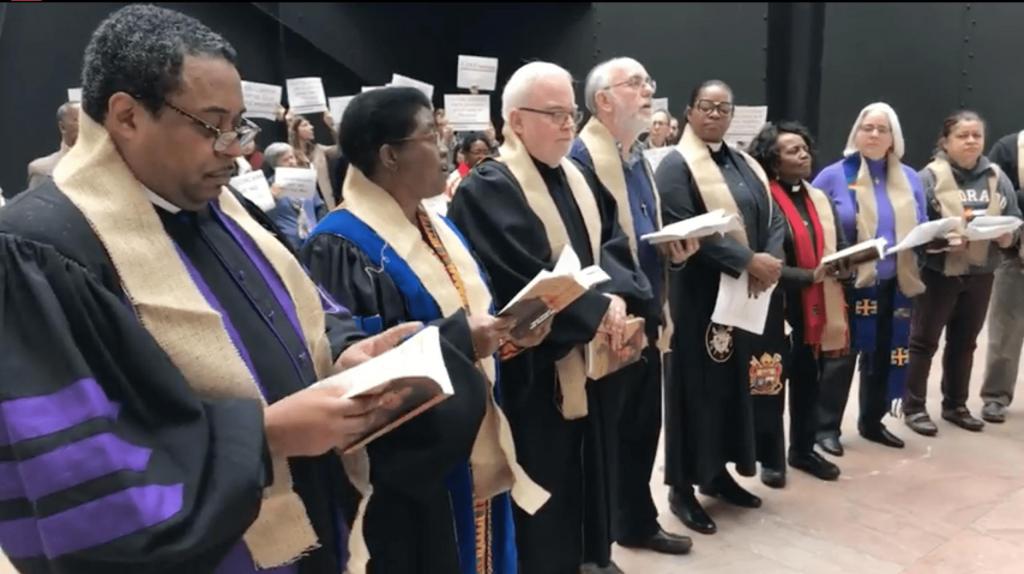Often people think that such groups are sects. However, this is not quite true. The concept of “religious group” is much broader, and such associations of people often differ, although their members adhere to a common religion.
Such groups are an everyday occurrence in Western life; they are familiar to many from movies or books. That is, the so-called communities or parishes are also groups united on a religious basis. Of course, there are large communities, such as Mormons. In our country, the Old Believers are an example of large groups, and any church parish is a small group.
What is a group?
By definition, a religious group is nothing more than a voluntary community of people gathered together to practice and spread faith, perform rites and rituals.
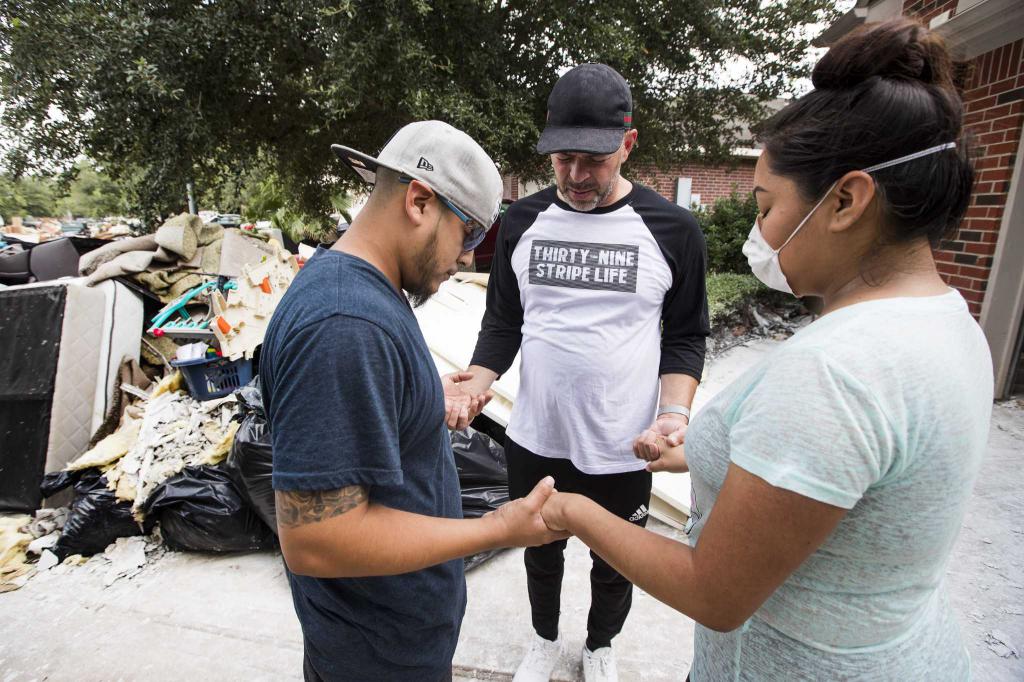
The activities of such associations do not require legal status, and accordingly can take place without registration of the state registration of the association.
What is an organization?
Before creating a religious group in our country, you should familiarize yourself with the intricacies of Russian law. You need to read the large legislative act N 125-ФЗ, adopted in 1997 and regulating the activities of such communities. It is called On Freedom of Conscience and Religious Associations.
Registration is required, according to this act, not by groups, but by organizations. They need to be registered with local authorities. Organizations have not so many differences from groups, but they certainly are.
For example, within an organization, you can:
- collect donations or “membership dues”;
- have your own registered symbols;
- sell souvenirs;
- hold open religious services and meetings in their premises.
Almost a religious group that has become an organization resembles a political party. The organization has a strict hierarchy and its own rules, this is not in the group.
What is the difference between a social group?
A social group, distinguished by religious grounds, is a layer of society, or just a certain number of people who profess a common faith or attend one temple.
This means that, on the one hand, all Orthodox Christians or adherents of a different faith are members of a social group, on the other hand, the parishioners of each church are also a collective united on religious grounds.

Accordingly, a large social group on religious grounds includes small ones. These definitions have no relation to legal organizations, although each temple in practice sells religious products and religious goods - candles, crosses, icons and other things. Nevertheless, legal responsibility does not lie with every single church or parish, but with the whole church. This means that, from the point of view of the law, there are only large socio-religious groups that are organizations. And the individual church parishes that compose them remain in the status of groups.
Are such groups being studied?
Historically, religious-ethnic groups, as well as social associations of people on the basis of religion, are considered along with the formation of churches. The first concepts of understanding the origin and formation of socio-religious institutions arose in the century before last. Then, for the first time, such a concept as a sect was voiced, and its main differences from religion as a whole were formulated.
In the direction of sociology, which pays attention to the formation of churches and sects, such scientists as M. Weber, E. Trelch, G. Niebuhr worked.
Accordingly, three sciences are engaged in the study of groups and other types of associations of people on a religious basis - history, philosophy and sociology.
About historical development
The history of each religion begins with the emergence of a group. In other words, the foundation of any denomination is a religious group. This means that initially several people come together who understand their religious beliefs a little in their own way or who believe in something else, for example, in the healing power of light or the higher cosmic mind.
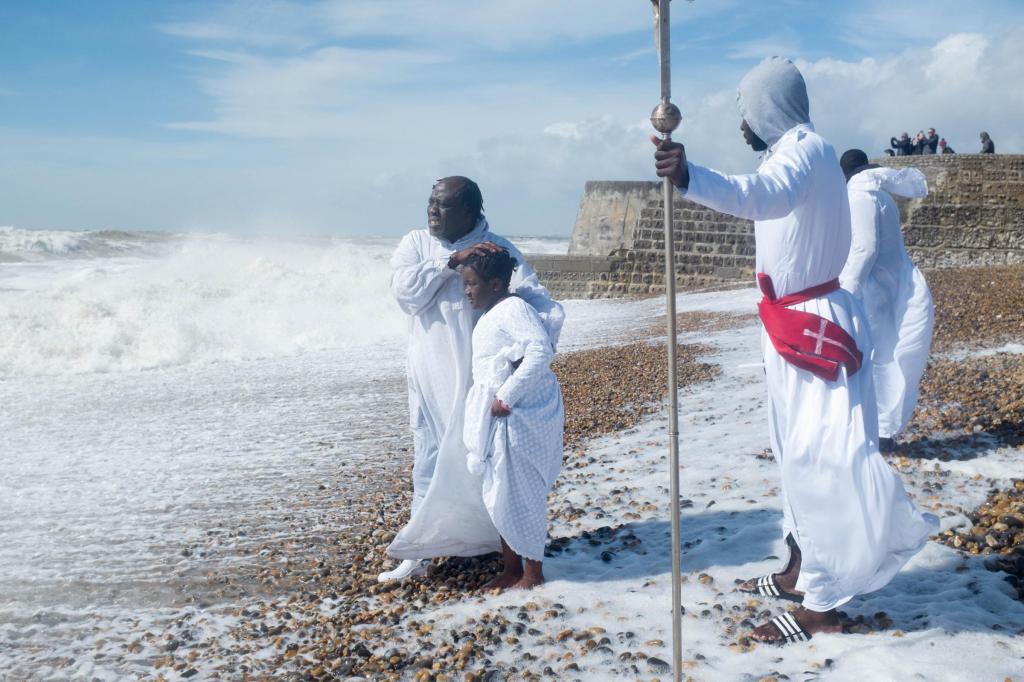
In the event that the subject of worship is radically different from the traditional ones for the locality in which people live, beliefs, then the group either does not develop at all, or becomes an organization, rarely a sect.
In the event that a group unites people who share the faith adopted in the place of residence, but understand and interpret it differently, such a community can be doomed to historical development and transformation into religion. The best example of such a historical development of a religious group is Christianity.
Features of the development of groups
A group develops only if the features of the perception of religious doctrine, uniting its members, are relevant for a large number of people. This feature is typical for all types of groups - from the "hobby group" to the church parish. That is, the church parish is expanding due to new people coming to services. This leads to the fact that the area of the temple, its decoration and, in general, well-being are expanding.
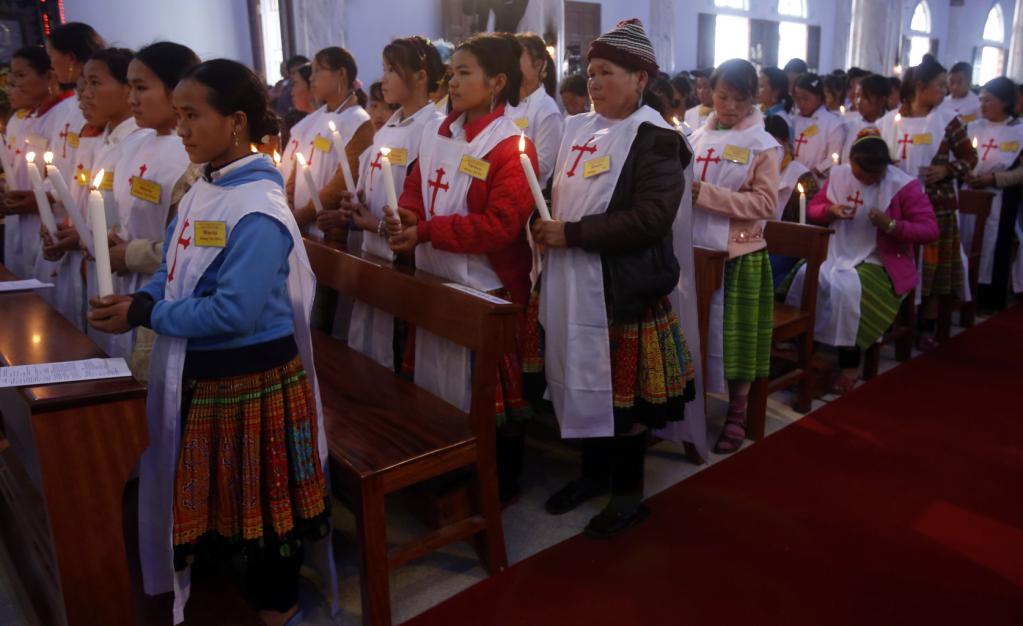
If we are talking about a community of people who have united outside the temple, then such a religious group goes through several stages in its development. The main ones are:
- Group;
- organization;
- sect;
- religion.
This path of development can be clearly traced both in traditional Christianity and among Mormons. However, the religious community does not develop into a religion without fail. The history of the development of the group can freeze at any stage, as, for example, happened with the White Brotherhood, which stopped in its development at the sect stage.
What are the stages of development?
All the main stages in the historical development of religious groups are inevitable. When a small community ceases to be a close company of interests, that is, a group has a large number of followers, it becomes an organization. This necessarily happens, because there is a need for meeting rooms, a treasury, with which you can pay for moving, renting buildings, meals and much more. Even the dissemination of ideas requires investment. For example, Jesus would hardly have been able to walk from city to city and preach if he was forced to earn his living. Accordingly, he was supported by followers. And this, in turn, means the existence of a fund of funds for the organization, in modern terms.
At the next stage of development, the stage of the sect is inevitable, since the religion in official status, or rather the people who lead it, are aware of the threat to their own well-being and begin to take measures to protect their interests.
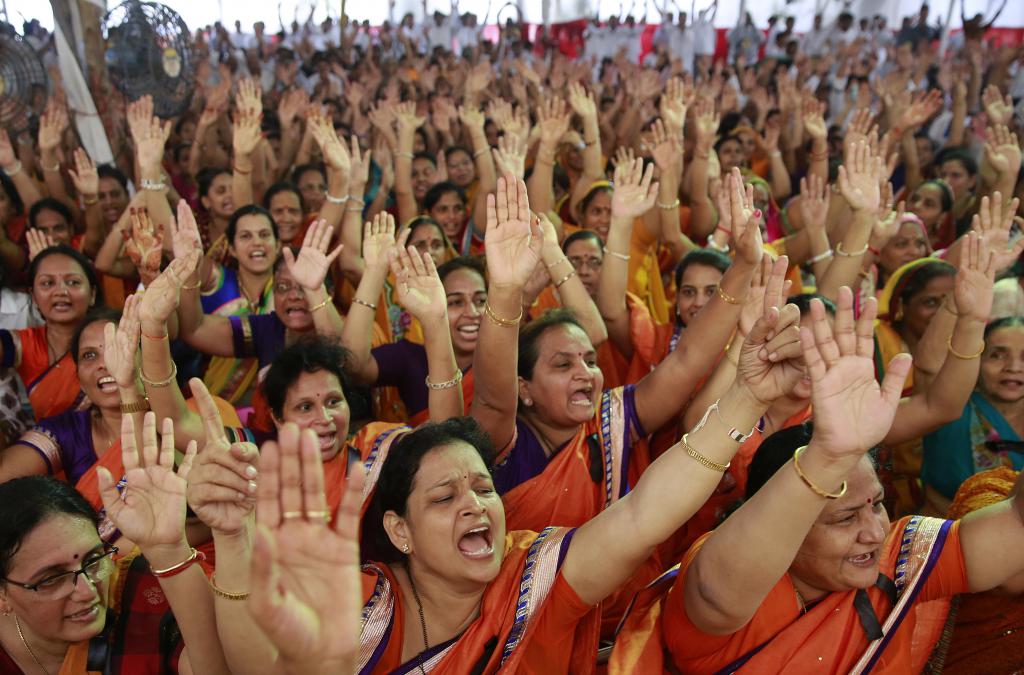
As a rule, this is expressed in declaring the religious gatherings of the growing organization illegal, the arrests of its leaders and active members, and any violence against them. For example, Jesus was crucified, and the first Christians suffered martyrdom in Roman arenas, and the congregations themselves were “outlawed” on the territory of the empire. Another example is the history of Mormons, they were forced to establish their own cities, the benefit is that the abundance of free land and relevant legislation in the Wild West at that time allowed it.
From the sect, with its further expansion, a new religion is born.This happens at the moment when the sect “leaves the underground”, becomes an officially recognized association, with all the signs and attributes that characterize religious social groups.
About rights and obligations
Each person who is a member of a community has certain responsibilities and, of course, rights. Their list is determined by the rules adopted in the group. They, in turn, are dictated by the traditions and foundations of the society to which the members of the group belong. That is, people who make up the community can both follow the rules and norms adopted in society outside the group and deny them.
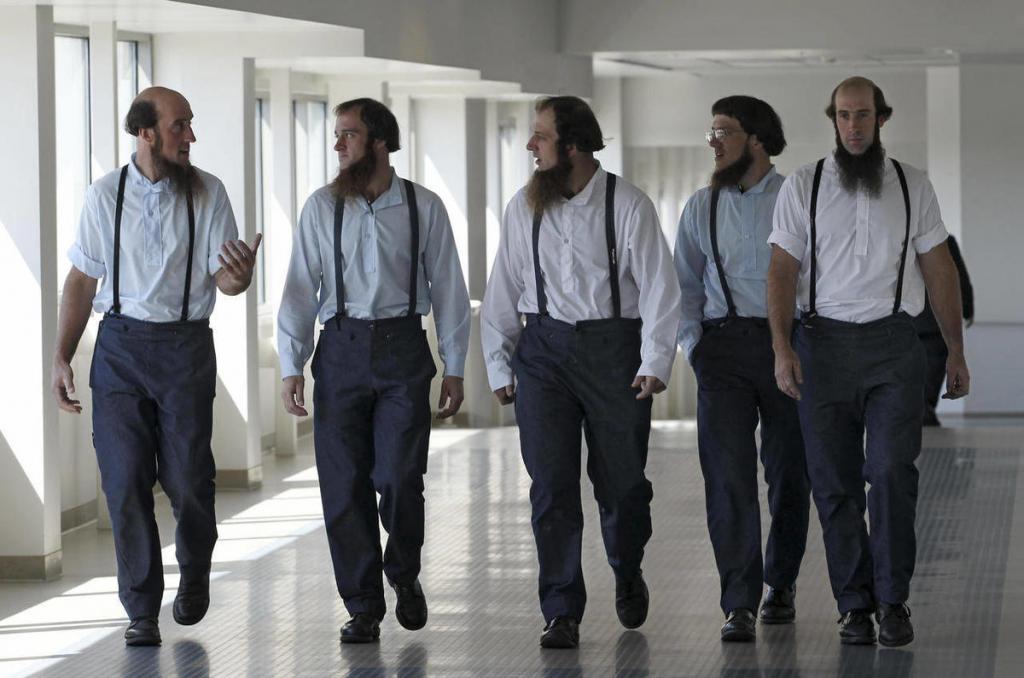
There is also something in common that is characteristic of all such groups of people. As a rule, each person who is in them is obliged to support, protect and develop common ideas and interests. Duties usually include attracting new members, spreading ideas and expanding spheres of influence.
